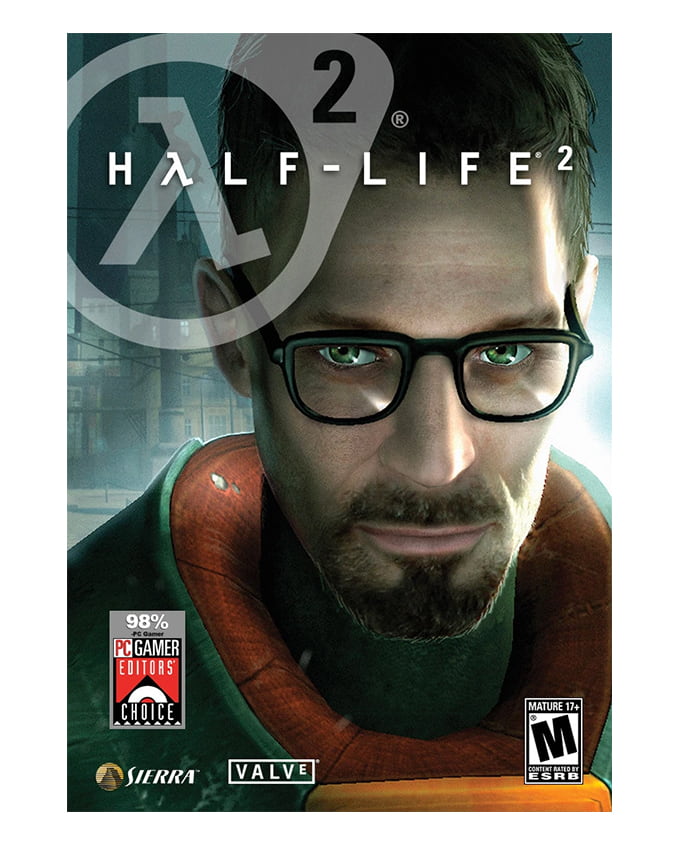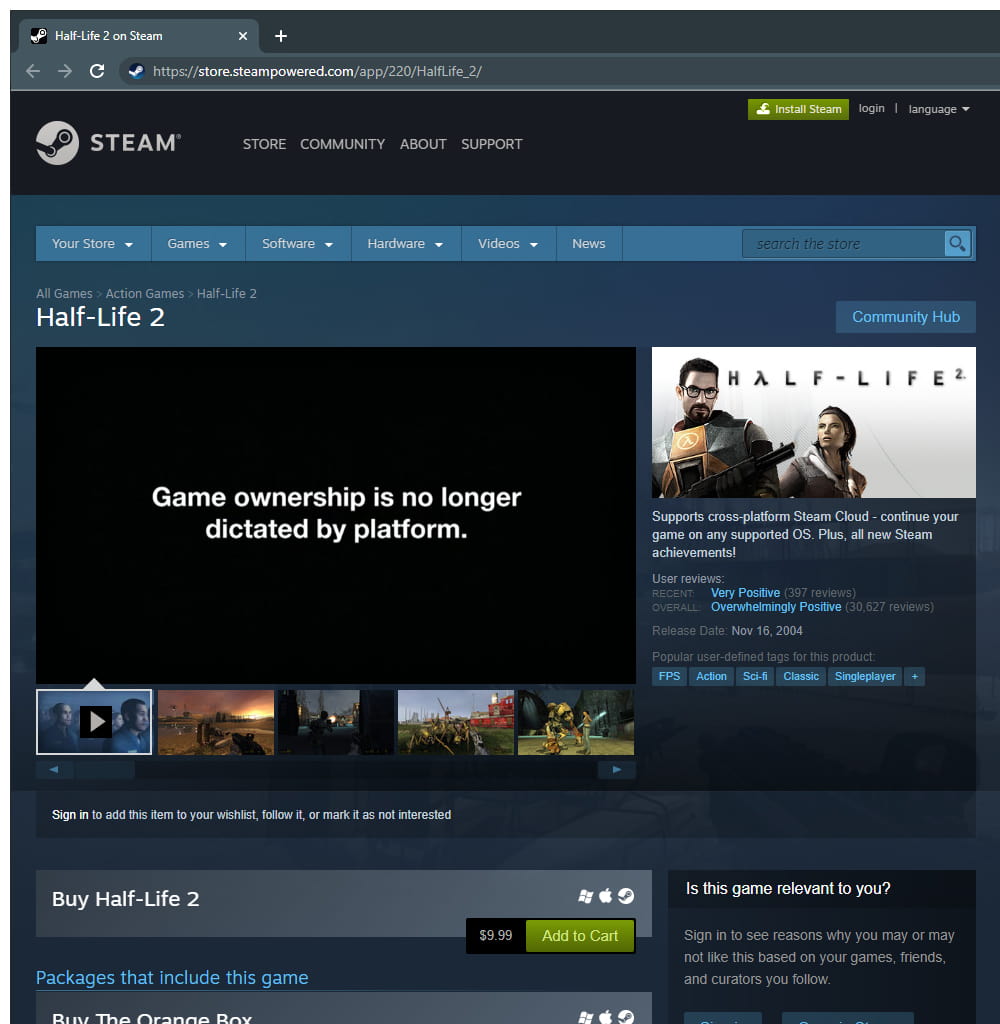Physical storage was considered the only way to store copies of files before distributing them to customers. But thanks to the internet, that is no longer the thing.
In the 1980s and 1990s, games were sold in floppy disks. Since it was first developed in the 1960s, it quickly became ubiquitous, thus making the storage option available for the gaming industry. Then, floppy disks were replaced by cartridges, and later, compact disks.
But with the advancement of computation and hardware, users are no longer required to buy the physical storage of the game they want to play.
With the internet, they can ditch physical storage and replace it with digital streaming, and digital downloads. These distribution models significantly cut costs for the distributor as there is no physical storage requirement to be sold.
And thanks to the internet, things also stepped out a bit further, with what's called a video game digital distribution service
Steam became the pioneer, and the rest is history.

It all began in 2002, a few years after Valve made a deal with Sierra Studios, ahead of the 1998 release of the original Half-Life game.
The contract gave some intellectual property rights to Sierra, as well as exclusive publishing control.
In return, Valve is allowed to publish additional games through Sierra, including Counter-Strike.
Then, when Valve started working on Half-Life 2, the two companies had to renew their agreement, and signed a contract which said that Sierra is stripped of from its IP rights, which in turn give Valve the right to distribute its games.
This happened after Valve realized that Sierra had been distributing their games in PC cafés, which was claimed to be against the terms of their contract. Valve brought Sierra and its owner, Vivendi Games, to court in 2002. Sierra counter-sued, asserting that Valve had been working to undermine the contract by offering a digital storefront for their games, directly competing with Sierra.
Valve won the case, and is then allowed to leave the contract due to breach.
By distributing games through a centralized platform, Steam is able to publish games, as well as providing downloadable updates.
Between 80,000 and 300,000 players participated in the Steam beta test before its official release on September 12, 2003, before a monthly subscription to Valve games on Steam was planned.
Read: 'Gnarly Forensic' Photo On Reddit Discovered That Half-Life 2 Used It For Its Zombies

While Steam had a lot of bugs and issues, it pioneered game distribution method for games on PCs. With the approach, game ownership is no longer dictated by platform.
In other words, Steam popularized storefronts for games on PCs.
The first game that was offered digitally on Steam, was Half-Life 2, which was released on November 2004.
The game was first published by Valve for Windows through Steam. Like the original Half-Life, Half-Life 2 combines shooting, puzzles, and storytelling, and adds features such as vehicles and physics-based gameplay. Players control Gordon Freeman as he joins a resistance movement to liberate the Earth from the control of a multidimensional alien empire, the Combine.
To download the game and own a retail copy of the game, users must install Steal client on their computer.
This kind of business model was adopted by others, including by Sony, with its PlayStation Store in 2006, and Xbox with Xbox Store in 2005 (Microsoft Store in 2017).